11 tips for effective workplace housekeeping
Every worker plays a part
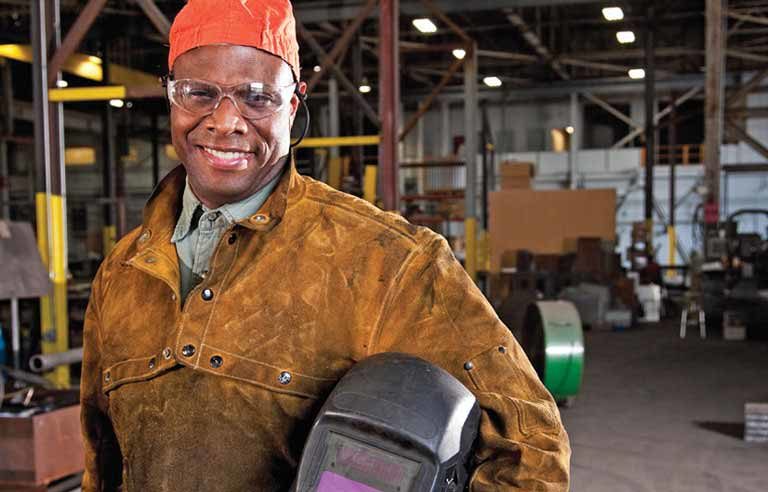
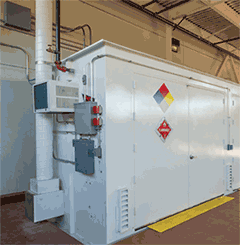 Store materials properly
Store materials properly
According to OSHA’s Materials Handling, Storage, Use and Disposal Standard (1926.250), storage areas should not have an accumulation of materials that present hazards for tripping, fire, explosion or pests.
Some workers make the mistake of storing ladders or other items inside electrical closets where they can block an electrical panel, creating a fire hazard and violating OSHA regulations, Errico said.
“I found that in a couple places. That would surprise employers if they’re not looking for it,” Errico said. “It’s important that they stay on top of it; realize it’s not just the manufacturing floor, maintenance area, warehouse or main storage areas, but these little areas in buildings that create a problem with storage.”
Unused materials and equipment should be stored out of the way of workers. Avoid using workspaces for storage, according to CCOHS. And remember to put everything back in its proper place, Ohio BWC adds.
Ahrenholz recommends keeping a storage space nearby so workers are encouraged to use it.
“There’s a responsibility to keep your work area in order and return tools to where they belong,” he said. “The storage space, if readily useable, is designed in such a way where it can be used without stretching too far or lifting heavy loads. They’re more likely to use it than if they have to go quite a ways to place something. Or they’re going to keep something rather than go back because they have to take the extra time to get it.”
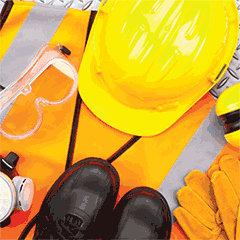 Use and inspect personal protective equipment and tools
Use and inspect personal protective equipment and tools
Errico has seen workers’ compensation cases stemming from employees who did not wear PPE when cleaning up spills or other material, such as broken glass or plywood, and then suffered cuts or splinters.
Wear basic PPE – such as closed-toe shoes and safety glasses – while performing housekeeping, Gray said. Determine what type of PPE to don based on the potential risks.
Regularly inspect, clean and fix tools, according to CCOHS. Remove any damaged tools from the work area.
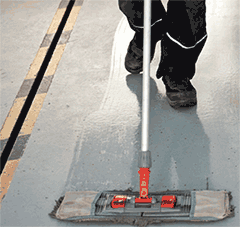 Determine frequency
Determine frequency
All workers should participate in housekeeping, especially in terms of keeping their own work areas tidy, reporting safety hazards and cleaning up spills, if possible.
“Every worker does have a role,” Ahrenholz said. “If they see something is becoming a problem, they need to report it.”
Before the end of a shift, workers should inspect and clean their workspaces and remove unused materials. This dedication can reduce time spent cleaning later, experts say.
How much debris or contaminants the workplace releases can help determine the frequency of housekeeping. A company should have a mixture of deep cleaning and more frequent, lighter cleaning that involves sweeping and responding to spills, Norton said.
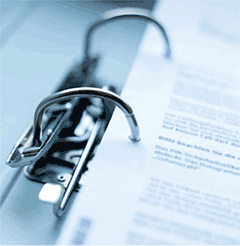 Create written rules
Create written rules
Experts agree that housekeeping policies should be put in writing. That way, Norton said, they are formal and defined. Written protocols could specify which cleaners, tools and methods should be used.
“We found there are many gaps in the effectiveness of floor cleaning in the operations we’ve done research on,” Norton said. “It is an area that sometimes gets overlooked. That’s why we think it’s important for the written part of the protocols and defined training so people are aware of and follow the proper procedures.”
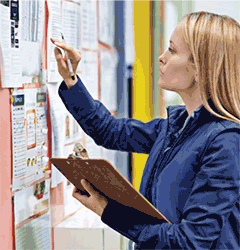 Think long-term
Think long-term
Housekeeping should be more than a one-time initiative – it should continue through monitoring and auditing. Keep records, maintain a regular walkthrough inspection schedule, report hazards and train employees to help sustain housekeeping. Set goals and expectations, and base auditing on those goals, Gray said.
“Housekeeping issues are very common. They can be easy to fix,” she said. “It’s going to take persistence and dedication.”
Post a comment to this article
Safety+Health welcomes comments that promote respectful dialogue. Please stay on topic. Comments that contain personal attacks, profanity or abusive language – or those aggressively promoting products or services – will be removed. We reserve the right to determine which comments violate our comment policy. (Anonymous comments are welcome; merely skip the “name” field in the comment box. An email address is required but will not be included with your comment.)

